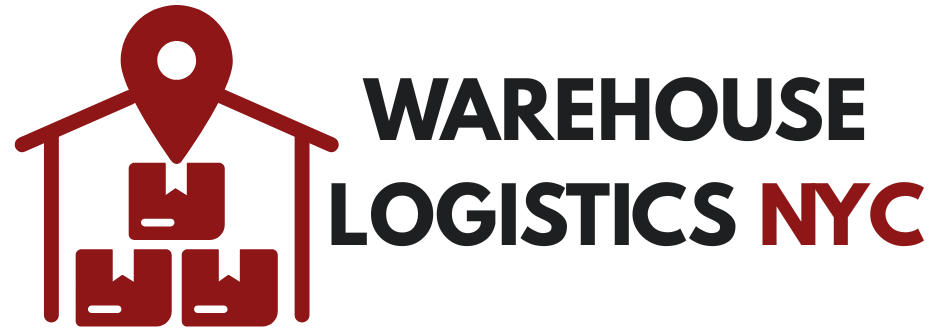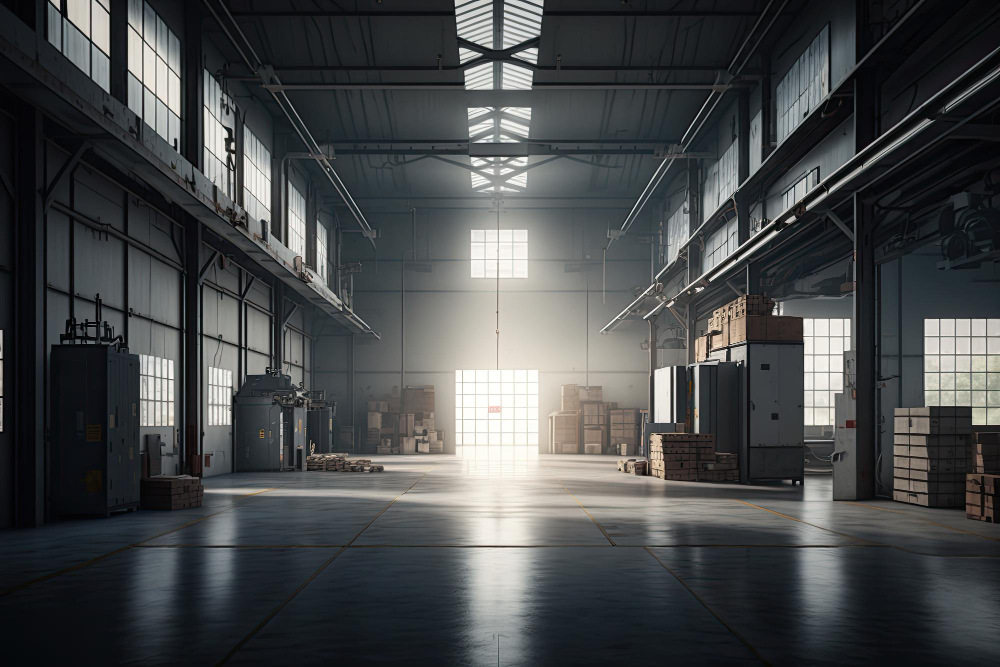Table of Contents
Key Takeaways





Efficient warehousing starts with the right space.
The size of your warehouse can make or break your logistics operation. From optimizing inventory flow to ensuring efficient rigging and material handling, the right layout affects everything. So—how big is the average warehouse? Today’s warehouses are bigger, taller, and smarter than ever before.
The average size of a warehouse in the U.S. has dramatically increased over the past decade, reshaping how businesses plan for growth and manage operations. Whether you run a small manufacturing facility or a high-volume distribution center in New York, NY, understanding warehouse size standards helps you stay competitive and efficient.
What Is the Average Size of a Warehouse?
The average size of a warehouse in the U.S. today is between 180,000 and 200,000 square feet, a significant jump from just 65,000 square feet in the early 2000s. This growth reflects major shifts in e-commerce, automation, and just-in-time inventory practices.
Smaller warehouses—those serving regional or niche operations—tend to fall in the 25,000 to 100,000 sq. ft range, while large-scale fulfillment centers often exceed half a million square feet. Companies now prioritize not just square footage but also height, allowing more efficient vertical storage and automation-friendly layouts.
How Big Is an Average Amazon Warehouse?
When it comes to scale, Amazon’s fulfillment centers set the standard. Many span 800,000 to over 1 million square feet, with some mega-facilities exceeding 4 million square feet. These massive operations handle millions of SKUs, automated sorting systems, and high-volume shipping—driving the industry’s push toward larger, more complex warehouse infrastructures.
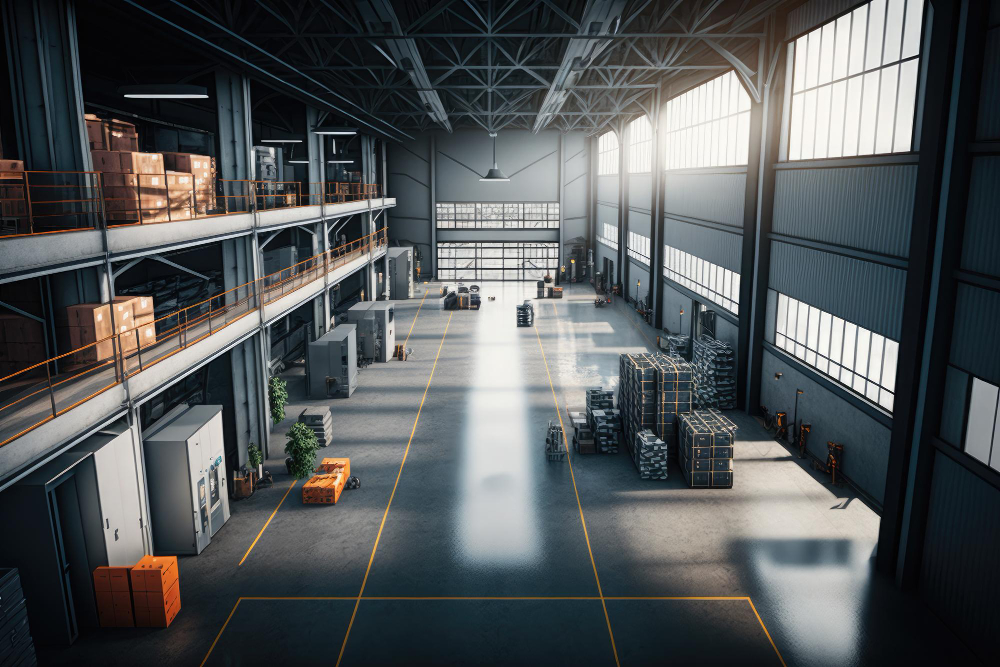
Common Warehouse Dimensions and Layout Standards
Standard Warehouse Dimensions
Most modern warehouses are designed around rectangular layouts, commonly 200 feet wide by 500 feet long, with clear heights ranging from 24 to 36 feet. These standard warehouse dimensions allow optimal racking and forklift accessibility. Ceiling height is crucial—each extra foot adds storage capacity and flexibility for rigging and automation.
How Many Square Feet Is a Warehouse?
The size of a warehouse can range widely:
- Small: Under 25,000 sq. ft – suitable for local distributors or startups.
- Medium: 25,000–100,000 sq. ft – ideal for growing regional operations.
- Large: 100,000+ sq. ft – standard for national logistics and manufacturers.
Each size serves different operational goals, from storage capacity to automation readiness.
What Is Considered a Small Warehouse?
A small warehouse is typically below 25,000 square feet, making it ideal for localized operations, small-scale manufacturers, or third-party logistics companies. In New York City, these are common due to high real estate costs and limited space, often stacked vertically or spread across multiple floors.
How Big Is a 3,000-square-foot Feet Warehouse?
A 3,000 sq. ft warehouse is relatively compact—ideal for small inventory operations, boutique e-commerce, or local service providers. While space is limited, smart layout design and vertical shelving can significantly improve capacity.
How Big Is a Warehouse in Meters?
For metric context, 10,000 sq. ft equals roughly 929 square meters. Therefore, an average U.S. warehouse at 180,000 sq. ft equates to about 16,700 square meters—a clear sign of just how large modern logistics hubs have become.
QUICK FACTS: Warehouse Size Snapshot
- Average U.S. warehouse: 180,000–200,000 sq. ft
- Amazon fulfillment centers: 800,000–4,000,000 sq. ft
- Typical ceiling height: 24–40 ft
- Small warehouse: under 25,000 sq. ft
- Average factory: 50,000–150,000 sq. ft
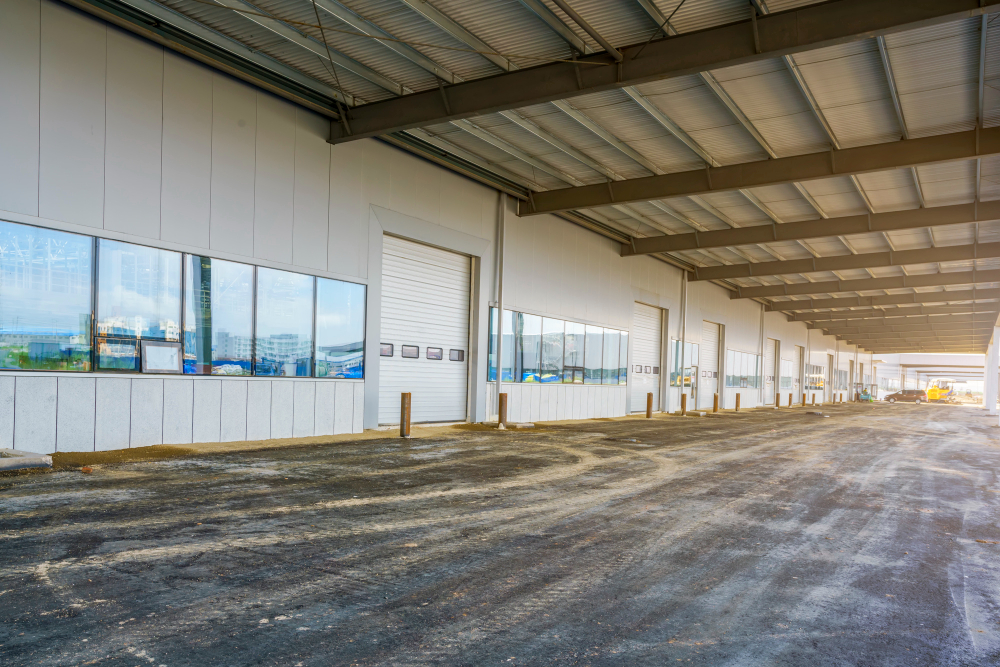
Average Factory and Shipping Warehouse Sizes
Average Factory Size
Factories differ from warehouses in function and footprint. While a warehouse focuses on storage and logistics, a factory must accommodate equipment, production lines, and worker flow. The average factory size falls between 50,000 and 150,000 square feet, depending on production volume and industry.
How Big Is a Shipping Warehouse?
A shipping warehouse—often located near ports or major highways like those around New York, NY—requires more space to handle inbound and outbound freight. These can range from 150,000 to 500,000 sq. ft or more, featuring multiple loading docks and high-bay storage to streamline fulfillment speed.
4 Factors Influencing Warehouse Size
1. Industry Needs
Different sectors demand different warehouse footprints. Cold storage facilities need thick insulation and refrigeration zones, while e-commerce operations require broad, open layouts for automation and packaging. Manufacturers rely on integrated production lines that extend warehouse length.
2. Market Trends
As supply chains evolve, warehouse dimensions are growing both outward and upward. The surge in online retail has pushed the industry toward larger, high-ceiling facilities with smart automation and data-driven inventory systems.
3. Company Size
Corporate scale dictates warehouse needs. Small businesses may share third-party warehouses, while multinational firms operate multi-acre campuses to consolidate production and distribution.
4. Volume of Goods
The type and volume of stored goods directly affect total square footage. Bulk materials, pallets, or oversized machinery require wider aisles and more clearance—especially where rigging systems and heavy equipment are in use.
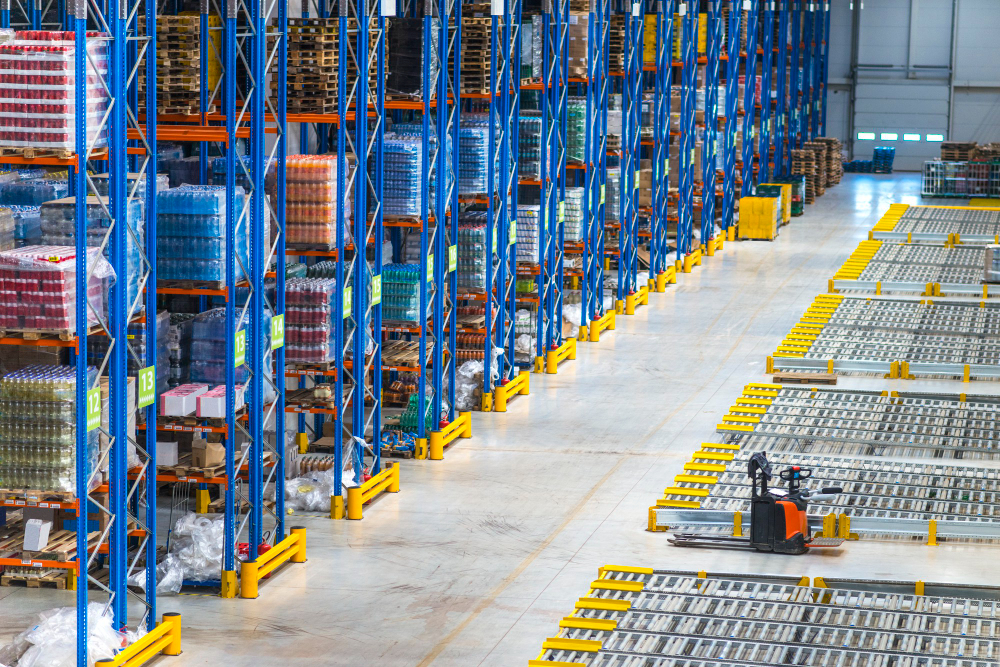
General Trends in Warehouse Size
Larger Footprints
The most notable trend in the logistics industry is the expansion of warehouse footprints. The growing need for real-time fulfillment and national shipping has led to mega-warehouses surpassing 500,000 sq. ft. Even regional centers are expanding to keep pace with consumer expectations.
Increased Height
Modern warehouses are building upward. Ceiling heights that once averaged 24 feet now reach 36 to 40+ feet to accommodate vertical automation, advanced racking, and rigging equipment. This shift allows more cubic storage without increasing land costs—particularly valuable in urban markets like New York City.
Planning the Right Warehouse Size for Your Business
Choosing the right warehouse size starts with understanding your operations. Evaluate your inventory volume, turnover rate, and equipment requirements. A facility that’s too large can waste resources, while one that’s too small can limit growth.
At Warehouse Logistics By Best, we help businesses across New York, NY design and optimize warehouse layouts for efficiency, safety, and scalability. From rigging installation to space planning, our team ensures your facility performs at its peak.
Frequently Asked Questions | Warehouse Size (FAQs)
What is the average square footage of a warehouse in the U.S.?
Most modern warehouses average between 180,000 and 200,000 sq. ft, depending on industry and location.
What is considered a small warehouse?
Typically, any facility under 25,000 sq. ft is considered small and suited for regional operations.
How big is an average Amazon warehouse?
Amazon fulfillment centers often exceed 1 million sq. ft, representing the modern scale of logistics efficiency.
How many square feet is needed for a medium-sized business warehouse?
Most mid-sized businesses need 25,000–100,000 sq. ft, depending on their inventory and operational workflow.
How can I plan the right warehouse dimensions for my operation?
Assess your space needs and consult with experts—Warehouse Logistics By Best specializes in rigging and warehouse optimization for businesses in New York, NY.
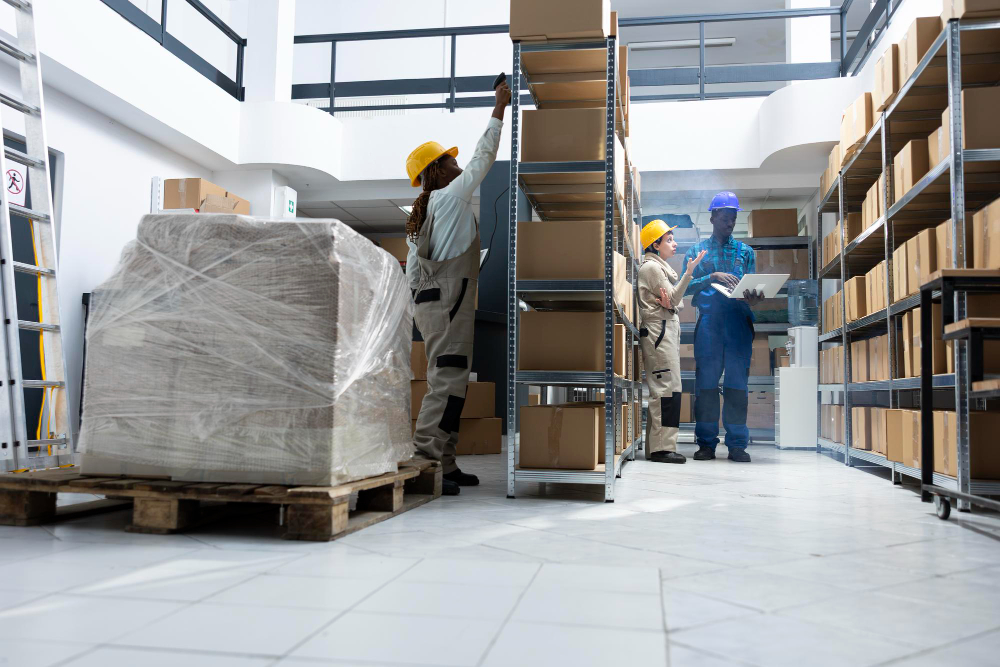
Optimize Your Warehouse Space with Experts in New York, NY
Your warehouse’s size determines how efficiently your business can operate—don’t leave that to chance. Whether you’re upgrading to a larger facility or optimizing your current one, Warehouse Logistics By Best delivers tailored rigging and layout solutions for businesses across New York, NY.
Ready to maximize your space and efficiency?
Contact Warehouse Logistics By Best today to get expert guidance on warehouse design and rigging services.
